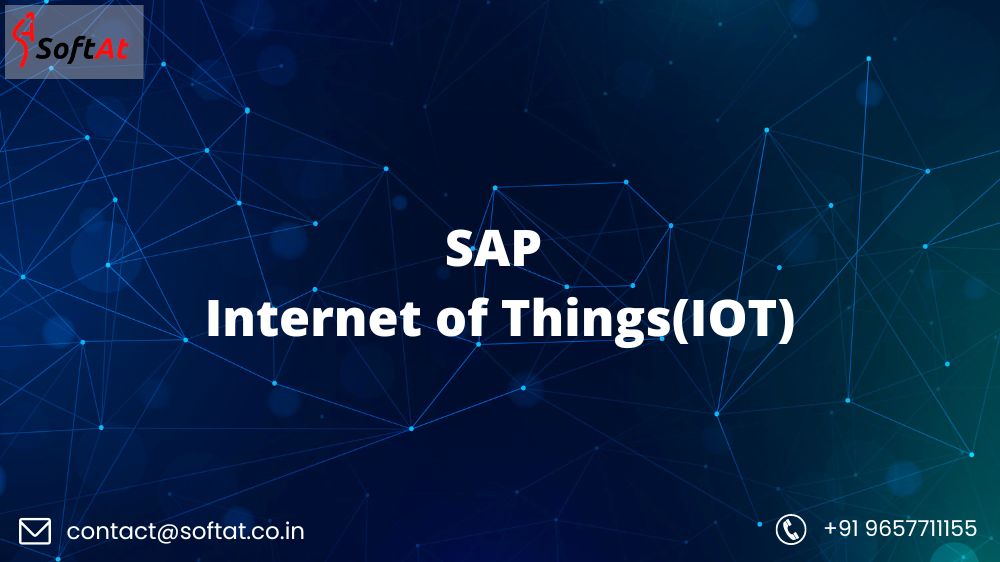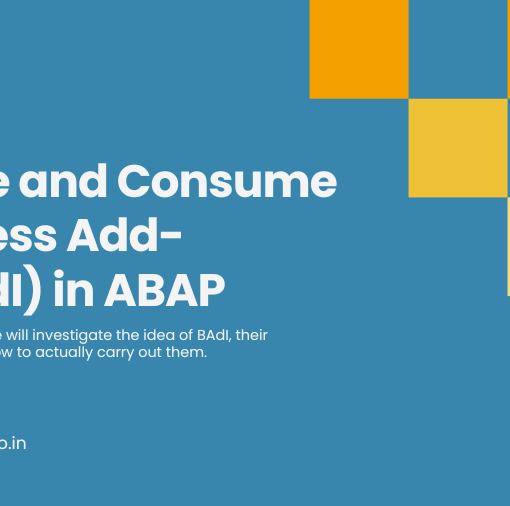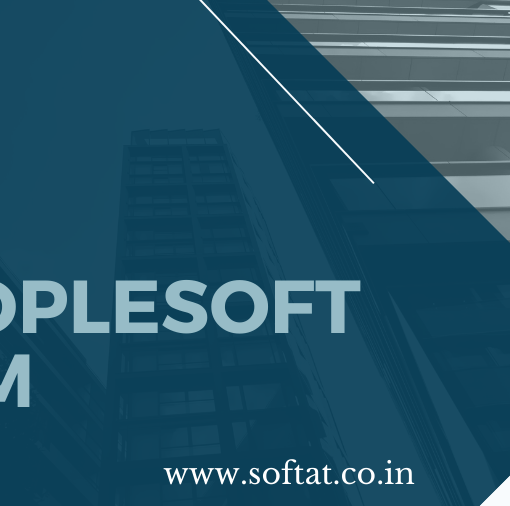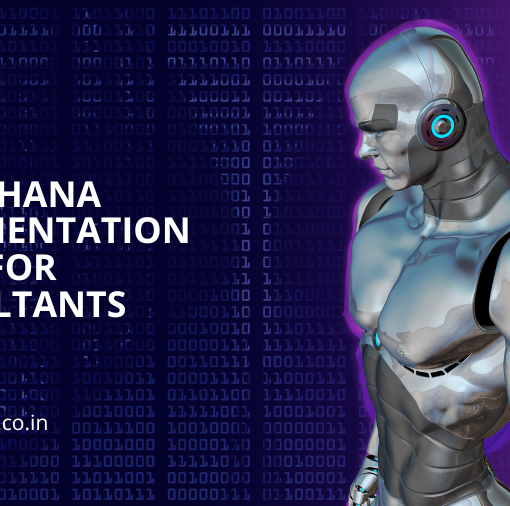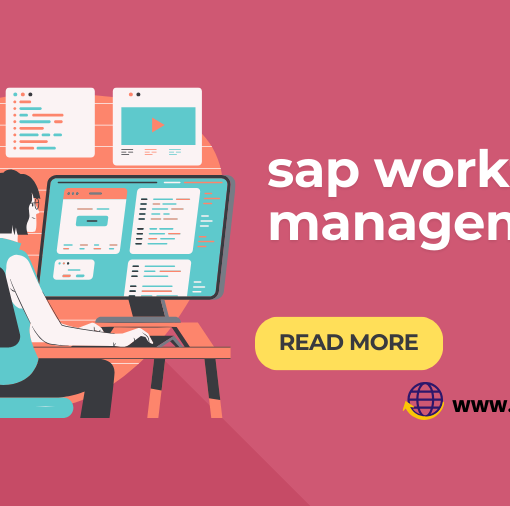The Internet of Things (IoT) is the huge network of devices linked to the Internet, which includes wearable technology, smart phones, tablets, and nearly everything with a sensor on it, including jet engines, oil drills, autos, and machinery in factories. These “objects” share and gather data.
Almost every industry is benefiting from the Internet of Things (IoT) and the machine-to-machine (M2M) technology that underpins it. Imagine a world where utilities and telecommunications companies can anticipate and prevent breakdowns; where airlines can remotely monitor and improve aircraft performance; and where healthcare facilities can base their treatments on real-time genetic analyses. There are countless commercial opportunities.
IoT and data analytics, two new pillars of the digital economy, are driving a massive feeding frenzy in the tech industry. There are 320,000 app users in this instance of SAP. The apps do not interact with the real-world assets they simulate, despite this. However, they can now since thousands of partners want to create IoT apps using the Hana Cloud Platform. Their own products cover everything from desktop computers to mobile devices, from the boardroom to the warehouse.
IoT, which is frequently abbreviated, stands for “internet of Things,” or anything that could be connected to the internet. This includes conventional gadgets like tablets, computers, and smartphones, as well as other things like home appliances, smart sensors for the industrial sector, and more.
Understanding the Internet of Things’ True Value
The Internet of Things (IoT) provides a chance to produce the highest section of growth in new company value rather than just a method of digitizing sensor data for analysis. Businesses can increase operational efficiencies and rethink business models, products, and services by linking the core business to intelligence at the network’s edge. More significantly, they are aware of opportunities, develop business procedures for action, and provide new economic benefits and advantages for the ecosystem.
You can employ a number of data sources from operations and enterprise systems with the aid of SAP solutions for the Internet of Things to improve business operations. utilizing the massive amounts of data produced every second of every day.
SAP with IoT Potential Unlocked for Seamless Integration
Global organizations have traditionally struggled with achieving seamless data migration while updating their current ERP environments to SAP. Organizations are typically concerned about hiring more staff to maintain data because of the high transaction load. postings in SAP. Increased latency problems that limit agility to respond to market possibilities and escalating expenses are the end result of this scenario. These factors urge businesses to go past cord-cutters and adopt cutting-edge digital technology in order to jumpstart their migration to SAP.
The Internet of Things (IoT) connection with SAP holds the key to the solution. With the help of cutting-edge IoT technology, data retrieval, storage, and analysis for event monitoring and predictive analysis are all automated.
In terms of automatic data integration, real-time monitoring, and streamlined business processes, combining IoT capabilities with SAP can build a unified data-centric ecosystem that can give digital transformation journeys a boost.
Below, we’ve covered a number of areas where SAP and IoT can scale innovation by efficiently handling rising data workload quantities.
- Automated Data Processing and Collection
IoT offers a unique capacity to integrate intelligence into SAP settings. The technology emphasizes the use of sensors in numerous business sectors to produce real-time insights. With the aid of automated data gathering and processing, organizations exploit these insights to give staff more time for analysis and decision-making while also reducing effort. Therefore, it is widely agreed that IoT is fundamentally transformative in order to provide intelligent data environments within SAP and enhance business outcomes at scale.
- Real-Time Asset Management and Monitoring
Business settings are getting more and more complicated, and dangers are always changing. Unprecedented business loss could occur from an operational vulnerability if it is not properly mitigated. In order to enable real-time monitoring, specifically in terms of machine status and performance indicators, enterprises are consequently moving quickly to take advantage of the amazing SAP and IoT combination. Organizations can acquire a continuous view into business processes, correlate events, and identify abnormalities before they happen by monitoring assets and extracting actionable intelligence. They can take quick action to prevent interruption and cost overruns by foreseeing potential breakdowns and performance downtimes.
- Business processes that are more efficient
The combination of SAP and IoT has shown numerous signals of growth for businesses and is opening up a plethora of innovative business models. Organizations may collect and analyze massive amounts of data with the help of IoT to separate actionable insights from the noise. As a result, they will be better able to predict trends and behaviors in the digital sphere and redesign their business procedures to deal with disruption head-on. To manage emerging innovation and maintain corporate viability, the trends can be linked with their growth strategies.
- The management of remote facilities
The IoT connection with SAP has created new opportunities to simplify remote site management and can aid businesses in becoming fully operational intelligent businesses. As is well known, the technology offers sophisticated data environments that dismantle silos and link remote activities for unmatched insights. As a result, organizations can foresee the future, recognize performance patterns continuously, and minimize risks. This improves factory visibility. With ease and accuracy, they can prevent security breaches, manage cost consumption, comply with evolving compliance rules, and control aging inventories.
- Smart Manufacturing and Industry 4.0
IoT and SAP converge in the realm of smart manufacturing and Industry 4.0. By connecting production equipment, machines, and shop floor systems to SAP, organizations can achieve real-time monitoring, predictive maintenance, and automated workflows. IoT-enabled insights drive proactive decision-making, enable intelligent resource allocation, and optimize production cycles. This leads to increased efficiency, minimized downtime, and enhanced product quality.
Conclusion:
The convergence of SAP and the Internet of Things presents a wealth of opportunities for businesses across industries. By leveraging SAP’s IoT solutions, organizations can harness the power of real-time data, predictive analytics, and seamless integration to drive innovation, optimize operations, and deliver superior customer experiences. The IoT-enabled Intelligent Enterprise powered by SAP enables businesses to transform their processes, improve productivity, and unlock new value streams. Embracing SAP and the Internet of Things is not just a strategic choice; it’s a pathway to the future of digital transformation.

